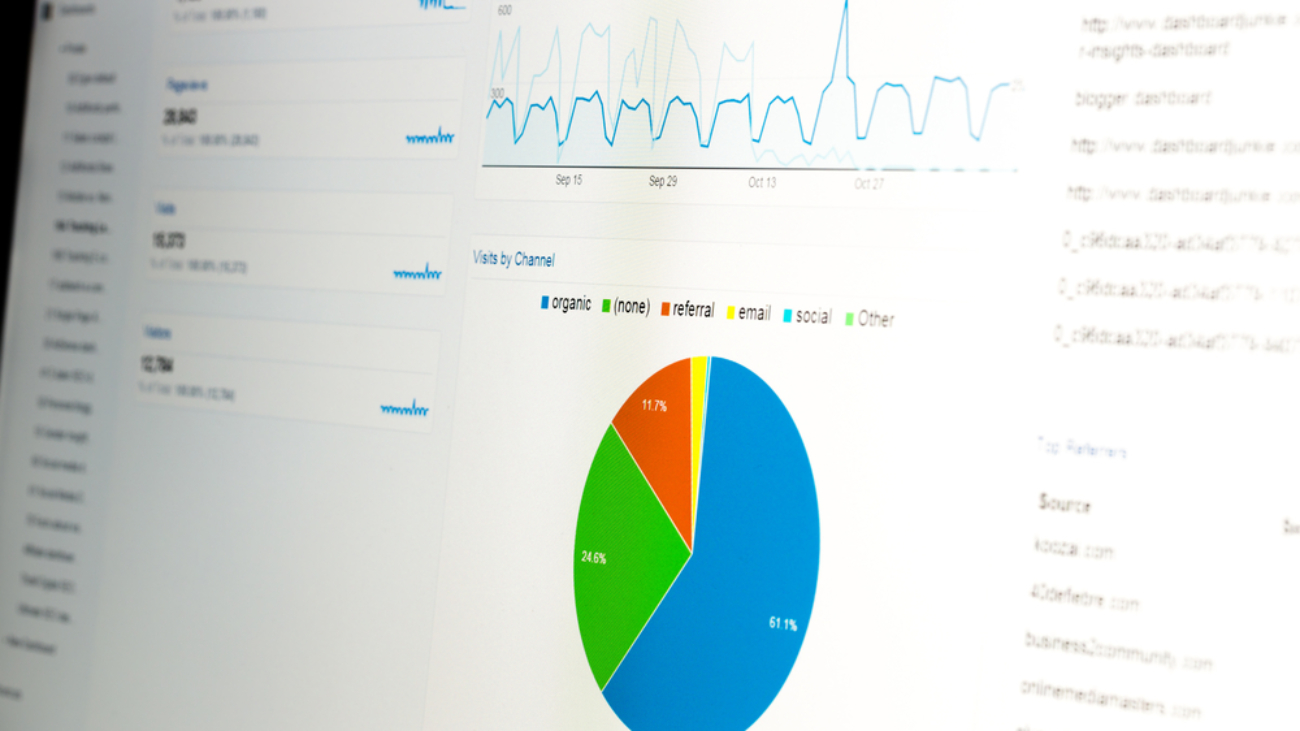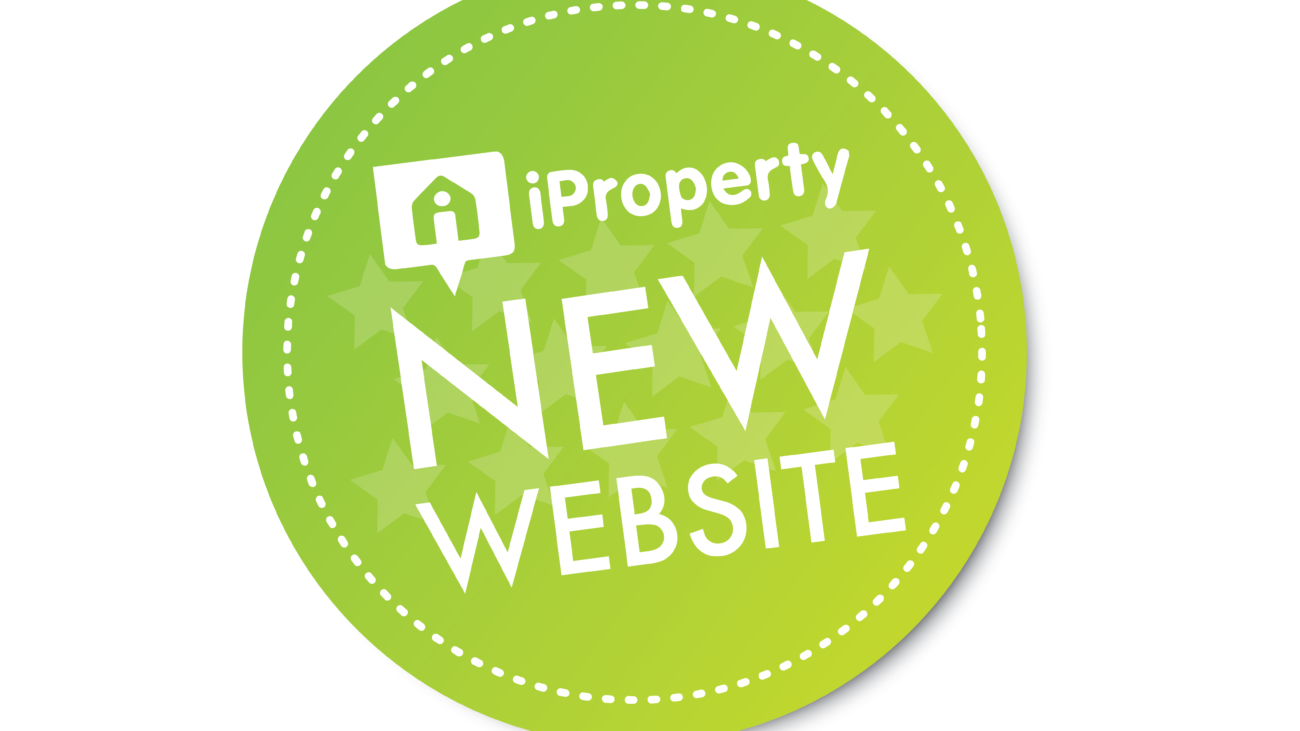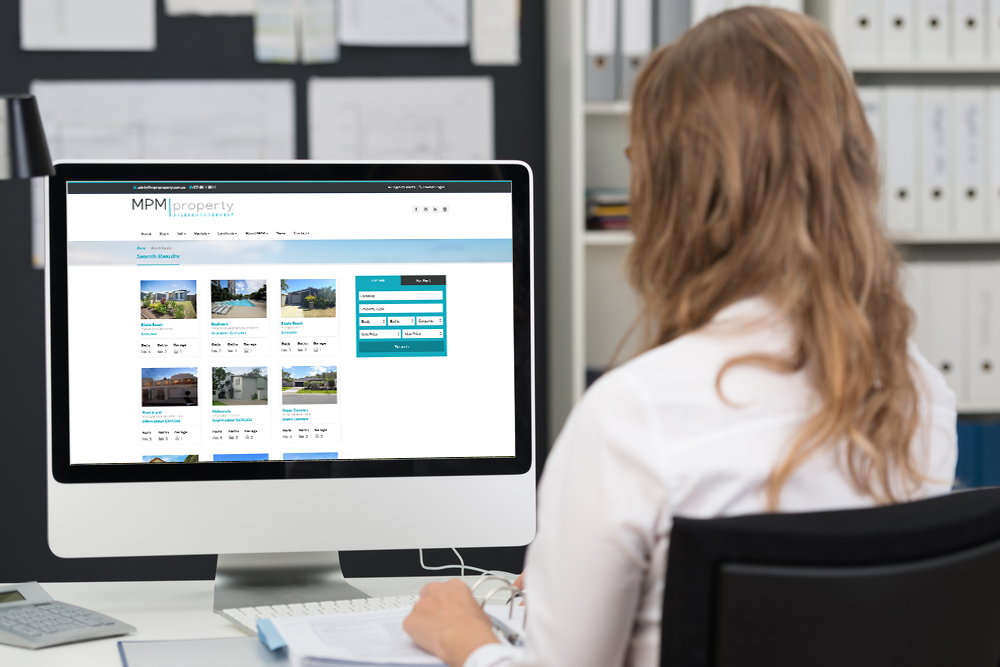 Spring is in the air, which means the spring real estate market will shed its winter fur and start moving again. With spring around the corner, now is the time to kick your real estate marketing into high gear in order to take full advantage of the influx of buyers and sellers.
Spring is in the air, which means the spring real estate market will shed its winter fur and start moving again. With spring around the corner, now is the time to kick your real estate marketing into high gear in order to take full advantage of the influx of buyers and sellers.
Use these 5 tips to spring clean your marketing strategies and tools, so you’re ready to hit the ground running.
1. Declutter Your Home Page
Take a look at your home page. How does it look? Is it cluttered? Outdated? Many real estate websites have too much happening on their home page which distracts buyers and sellers.
What items can you remove? What do you want buyers and sellers to see first and experience when they visit your site? Here are some ideas of how you can simplify your home page:
- Make sure your pictures are clear and not distorted
- Make sure your contact information is easy to spot
- Check that your social media links are still working and front and centre
2. Revamp Your About Page
Your about page is one of the most visited pages on your website, because people want to connect with you before they hire you. Many times, the about page is one of the most poorly written pages, because people feel awkward talking about themselves.
When you spend the time to do it right, you’ll benefit and better connect with your target audience. Here are ways you can revamp your about page:
- Speak to the pain point of your audience and draw them in, in the first few sentences before you start talking about your credentials and experience.
- Be yourself. Let your unique skills and brand voice shine through. Don’t copy another agent’s about page or write about things you think other people want to hear about.
- Write in first person (I/me, us/ we) as opposed to third person (he/she, they/them). First person voice is more personal and feels more natural than third person.
- Write conversationally, so your readers feel like they are talking to you in person.
- Try to stand out and set yourself apart, so you’re not forgotten in the sea of agents.
3. Polish Your Social Media Profiles
We sign up for social media and often times leave our profile bios half-finished or we’ve left the same information on there since we opened up the account. Take a look at each of your social media profiles and make sure they’re current. If they need polished, shine them up a bit.
Here are some ways you can spruce up your social media information:
- Facebook—Look at your business and personal page. Does your header photo adequately reflect you and your brand? Can people clearly see that you’re a real estate agent without being bombarded by listings and pictures of homes for sale? Are you actually using your Facebook business page or do you just have one to have one? Make sure you have updated activity on your business page and include the link to your website.
- Twitter—Do you have a link in your profile to your website? Is your bio fresh and updated? Is your cover photo up-to-date and consistent with your brand? Have a look at your Twitter profile and liven it up if it’s been sitting with dated information.
- Instagram—Does your bio clearly and concisely tell viewers exactly what you do and what they can expect from you? Do you have a link to your website in your profile? How does the quality of your images look? Have a look at the top few photos on your Instagram account and see if you notice anything that you could improve.
- LinkedIn—Is all of your information current? If you don’t have recommendations from coworkers or past clients, could you ask them to add some to your profile?
Check out the following blog posts for even more helpful tips about polishing your social media marketing:
- How to Customise Your Bio for Each Social Platform
- 21 Social Media Tips for Successful Real Estate Agents
4. Switch Out Your Agent Photo
It’s a good rule of thumb to get your photo updated every year or at least every two years. Nothing is worse than showcasing a picture of you from 10 years ago when you may look much different now. Clients will expect you to look like the person they see in your marketing materials and online profiles, so make sure you don’t throw them for a loop.
You can also read our article about 8 important profile picture rules for even more helpful tips.
5. Spruce Up Your Email Signature
You likely send a lot of emails every day, and your email signature is an excellent way to drive leads to your real estate business. Here are some ideas on what to include in your email signature in order to drive traffic to your website and capture leads.
- Link to your website or landing page
- Social media links
- Link to your latest blog post or a link to a subscription form with a free downloadable eBook
- Your professional photo
Make sure your marketing materials and online profiles are a true reflection of who you are now and what you have to offer. Freshen up and polish your real estate marketing tools with a good spring cleaning. Your clients will thank you! Plus, encouraging your clients to check out all of your changes and provide feedback is a great way to connect with clients and drive traffic to your website, blog, or profiles.
For more helpful real estate tips and information like this, check out our blog. You can also follow us on Facebook.
At iProperty, we provide leading online property management and real estate software, responsive websites, and more.



 In part one of this series, we discussed the first six must-know Google Analytics reports for understanding the analytics behind your real estate website. If you missed that post, you can
In part one of this series, we discussed the first six must-know Google Analytics reports for understanding the analytics behind your real estate website. If you missed that post, you can 
 Google Analytics is one of the best real estate marketing tools you can use to understand your website. Not only is it an incredibly useful website analytics tool, but it’s also free. Utilising its capabilities will provide you with great insight for your
Google Analytics is one of the best real estate marketing tools you can use to understand your website. Not only is it an incredibly useful website analytics tool, but it’s also free. Utilising its capabilities will provide you with great insight for your 
 Have you noticed that more and more self-checkout lines are popping up in local stores? When you’re on the hunt for a new restaurant to try, do you go to Yelp first? Are you using your bank app for mobile deposits on a regular basis now? If your answer to these questions is yes, you’re in good company.
Have you noticed that more and more self-checkout lines are popping up in local stores? When you’re on the hunt for a new restaurant to try, do you go to Yelp first? Are you using your bank app for mobile deposits on a regular basis now? If your answer to these questions is yes, you’re in good company.
 If you missed part one in this series, you can
If you missed part one in this series, you can 
 Part One: Steps 1 and 2
Part One: Steps 1 and 2


 In the ever-changing real estate market and world of
In the ever-changing real estate market and world of 
 Content marketing has been on the rise the last few years and the trend isn’t going to change any time soon. In fact, in 2016
Content marketing has been on the rise the last few years and the trend isn’t going to change any time soon. In fact, in 2016 
 MPM Property came to iProperty looking to upgrade their company website to a modern, responsive website design.
MPM Property came to iProperty looking to upgrade their company website to a modern, responsive website design.


 Connectivity is changing the way we live our lives—from what we do upon waking up, to how we interact throughout our day, to what we do before we go to bed. Much of our life is now connected. It seems like we’re always “on” or “plugged in.”
Connectivity is changing the way we live our lives—from what we do upon waking up, to how we interact throughout our day, to what we do before we go to bed. Much of our life is now connected. It seems like we’re always “on” or “plugged in.”